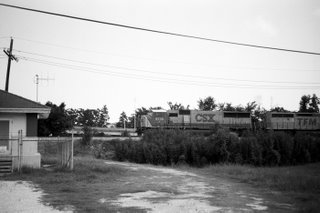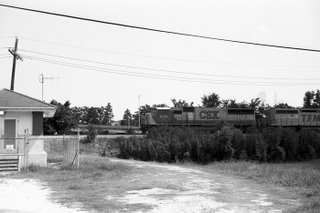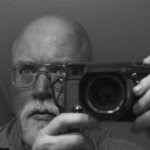My colleagues rib me about having too many 50mm lenses. Thirty years ago, I would have been among them doing the ribbing. I shot with a 35/2 Nikkor almost exclusively for decades. But with my almost exclusive reliance on rangefinder cameras, 50mm has been my staple. Why? Because there are so many variations of 50mm lenses.
To draw an analogy, Mahler’s 5th symphony has been recorded at least 100 different times, and all 100 performances are a bit different, but they are, for the most part, positive contributions to a Mahler aficionado. Some are reserved, some are over the top, but I like listening to them all as I like their nuances. There are also 100 different recordings of Tchaikovsky’s Nutcracker Suite, but some are done right and some are done wrong. It seems that there is only one right way to do the Nutcracker Suite, so there’s no reason to have more than one recording as long as it’s one of the right ones. There are many different ways to design 50mm lenses, the results vary, and are all can be important contributions to the genre depending on the situation. I don’t feel the same way about other focal lengths. My 35/2.8 Summaron will probably always be my best 35, but its results are hard to distinguish from those of my 35/2 Hexanon, my 35/2 Summicron, and my 35/2 Zeiss Biogon. Truth be told, I feel the same way about my 50/2 Summicron, 50/2 Hexanon, and 50/2 Planar. If I grabbed any of these, sight unseen, and shot with it for a day, I would not know that it was what it was based on the results. They all appear to have been engineered with the same end result in mind.
My other 50’s are different, in large part because there are so many different 50’s out there. I don’t have a 50/1 Noctilux (considered the Grand Marshall of all 50’s), but I do have a 50/1.2 Hexanon, a 50/1.2 Canon, and a 50/1.2 Nikkor. They all produce different results. My 50/1.5 Nokton is nothing like my 50/1.5 Summarit or my 50/1.4 Nikkor, and so on. With all the variations, there are different niches. Where does the 50/2 collapsible Heliar fit? Not where I expected it to fit.
My 50/3.5 Heliar is the lens I will be buried with, attached to a Leica MP. It fits what I want in a 50mm lens as long as I have enough available light to use it. When Cosina announced the 50/2 collapsible Heliar last year, I couldn’t possibly not have one, but I did not expect it to be anything like the 50/3.5 Heliar. Even the early talk about this lens gave reason for skepticism. The 50/2 formula would have to be radically different and would be a challenge given the increased speed. There was some question as to whether Cosina’s engineers could pull it off satisfactorily. What they did produce was one of the best built rangefinder lenses to come out of their factory. This was no surprise. Every successive lens and body that has come out of the Cosina factory bested all of its predecessors in build quality. The new 50/2 Heliar is not quite up to Leica standards, but it is a far cry from the 50/1.5 Nokton and 35/1.5 Skopars of several years ago. I don’t expect Cosina to ever match Leica in build quality. They aren’t trying to do so. They are trying to stay in the black while providing rangefinder aficionados with superior quality optics at a mid-range price.
So where does this lens fit optically? The immediate impulse is to compare it with a 50/2 collapsible Summicron or a 50/2.8 collapsible Elmar. I didn’t find it to be similar to either. Wide open, its initial performance seems surprisingly good. I shot my first test roll on FP4+ under horrific lighting (fluorescent lighting that was about as harsh as a state building can make it). It is a bit soft, but the contrast is very good. Outdoors, in shade and at f/4, it still seems a bit soft with nice, even contrast. In both situations, the bokeh is (in my opinion) better than average for a modern lens (N.B., I think the biggest liability among computer-designed, aspherical element lenses is the degradation of bokeh). In both indoor and outdoor tests with just one roll of film, I get the impression that the 50/2 Heliar is a good people lens, and a good street photography lens.
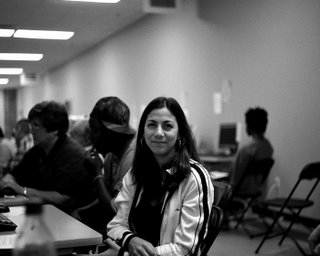
Now, which niche does it fill? Surprisingly, it seems to fill one that I have been trying to fill for the past two years. I’ve been trying to get a good specimen of a Russian-made Zeiss Sonnar lens (the 50/2 Jupiter 8). I have bought four of them, and all four had some sort of problem (the Russian lenses have abysmal quality control, with lens threads not matching camera threads, bubbles in the glass, etc.). I got tired of playing Russian roulette, buying numerous Russian lenses from Moscow on eBay in hopes of getting that occasional good one. I finally bought a true Zeiss 50/1.5 Sonnar in LTM mount and sent it off to be cleaned and polished. Six months later, it has yet to be returned, the problem being badly corroded metal lens barrel components that won’t release the lens elements for polishing. The 50/2 Heliar looks like what I wanted in an early Zeiss or Jupiter normal lens…lower but even contrast and a slight touch of softness to produce flattering people pictures. A bonus is the excellent build quality that I would not have gotten in a circa 40’s Zeiss or post-war Jupiter.
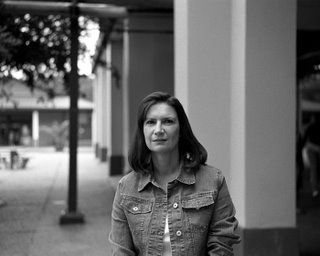
I still plan to shoot some Rollei 25 film with a tripod to really test the resolving capacity of this lens. But that isn’t so vital to me. If I want resolving power that equals my film, I’ll take the 50/3.5 Heliar or 50/2 Summicron. But for black and white street photography at f/5.6 using TRI-X and 777, I’ll likely take the 50/2 Heliar.
